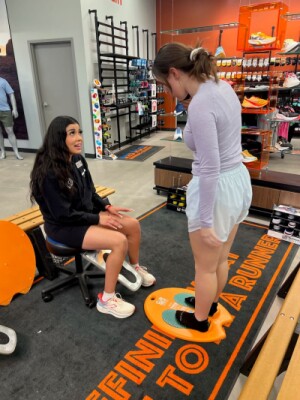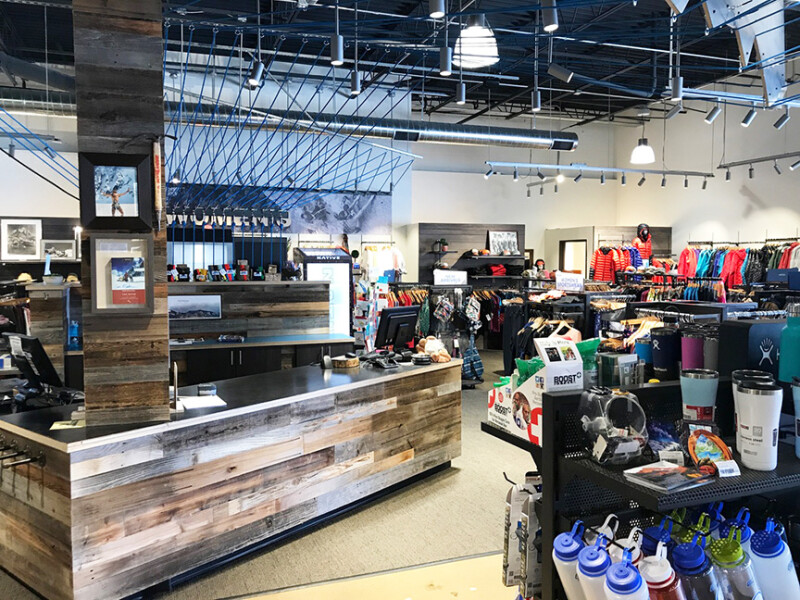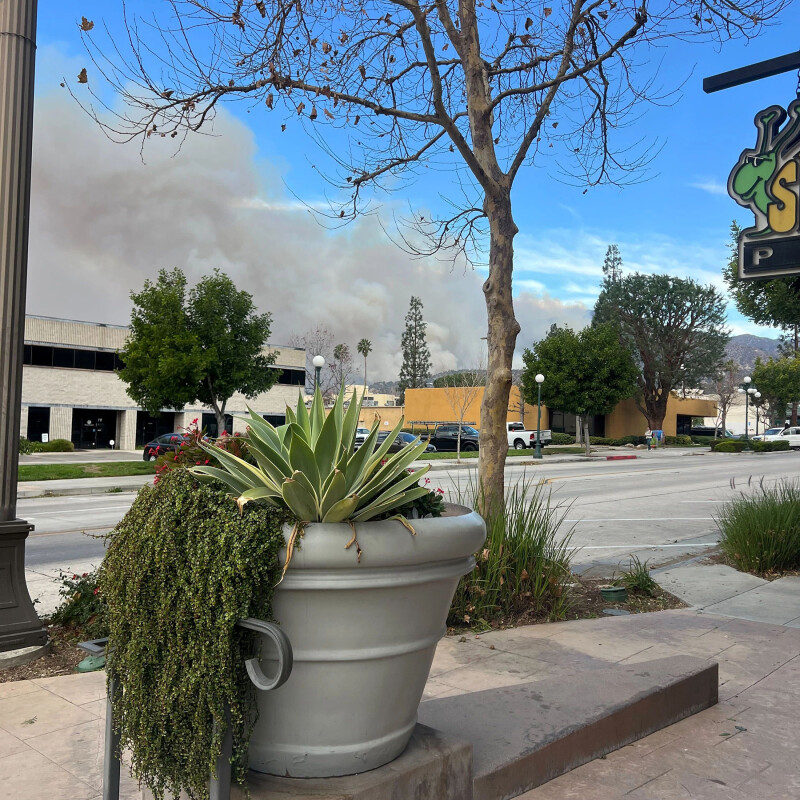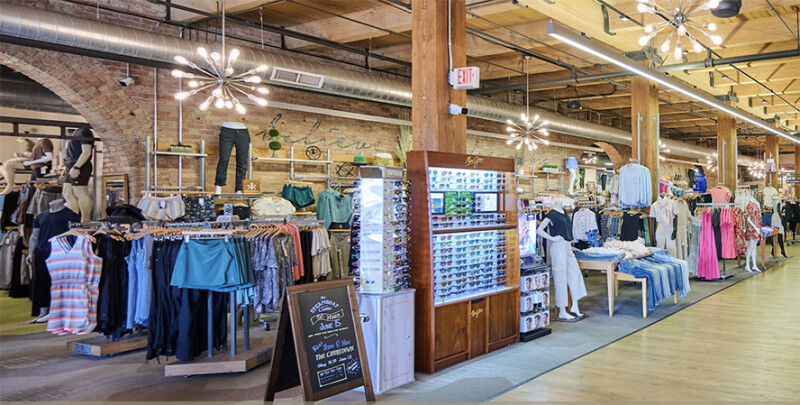During his earliest years in run specialty retail, Mark Jimenez didn’t give much thought to insoles. In fact, he largely dismissed the category altogether.
“Who needs ‘em? And why?” wondered Jimenez, the owner or Red Rock Running Company in Las Vegas since 2018.
These days, however, Jimenez gladly champions the value of insoles to enhance the feel of a shoe, make customers happy and propel the success of Red Rock, which recently opened its fourth store in Sin City.
On average, Red Rock sells a box of insoles from Currex – the lone insole brand in its stores – for every two pairs of shoes. More telling of the category’s success at Red Rock, Currex is the fourth-ranked brand in terms of sales revenue across the company’s stores, nearly generating as much top-line revenue over the last 12 months as its top three footwear brands.
“We think that’s pretty good,” Jimenez says.
Red Rock’s success with insoles hasn’t come by accident, but rather intentional, calculated action designed to enhance the customer’s ultimate experience with their footwear.
Step 1: Understand the Value.
Jimenez calls getting out of his own way the first step to greater insole sales at Red Rock.
Insoles, he acknowledges, often provoke skepticism, particularly around the common claims many insole brands make about their products decreasing fatigue, improving comfort or reducing injury risk. Skeptical himself, Jimenez tested different insole brands and found some insoles enhancing his own experience, which includes a daily running streak topping 2700 days.
“I didn’t want to throw product at someone if it didn’t work for me,” he says.
In thinking about the long-term health of his shop, Jimenez also recognized the business value of improved insole sales. Through keystone margin and bulk purchasing deals, he saw a path to enriching the customer experience while also boosting profitability.
“Insoles were a way to do more at the store and create long-term value for our customers and the business,” says Jimenez, who leveraged favorable terms from Currex to trial its RunPro product in his stores.
Step 2: Align fit process with your vision.
With product in hand, Jimenez then made the biggest – and trickiest – change of all: he mandated insoles become part of his stores’ four-step fit process called “PAWS” (Pronation, Arches, Width and Size).
Today, every staff member is required to incorporate the Currex ArchMap into the fit process. In about 10 seconds, the ArchMap’s temperature-based technology can provide an accurate reading of a customer’s shoe size as well as their arch profile, which naturally leads to a product suggestion.
“The ArchMap is a tool to have a conversation with the customer, to give them information and those important touchpoints so they feel more validated and informed,” says KJ Jimenez, Mark’s wife and Red Rock’s chief operating officer.
Gaining staff buy-in can be challenging, but Mark Jimenez insisted on it while also touting the benefits of insole sales to the customers, Red Rock and the staff themselves.
“This is really about being brave enough to make changes with your staff, giving them the product training and holding them to a standard aligned with the vision you have for your store,” he says.
Step 3: Ask the customer.
Amid the fit process, staff members are tasked to do one more thing as customers try on a pair of shoes: they put an insole in one shoe, but not the other. Then, they ask: Which one feels better?
“It’s a simple question and then we move on,” Mark Jimenez says. “If they prefer the feel of the insole, we continue incorporating it into the shoes they’re trying on.”
KJ Jimenez believes running stores can luck their way into 25 percent insole conversion simply by placing an insole in one of the customer’s shoes and asking that either/or question.
“We’re definitely not waving insoles in people’s faces. It’s not pushy, but rather part of the fit process,” she says. “Really, we’re just having a conversation. It’s so seamless and people don’t notice it any more than us tying their shoes.”
Capturing results
Beyond integrating insoles into the sit-and-fit experience, Red Rock doesn’t do anything splashy to earn its impressive results. It doesn’t pepper social media with posts over-trumpeting the value of insoles or offer special deals to customers who purchase insoles. Rather, Mark and KJ Jimenez manage the nuts and bolts of customer service, sales and inventory management.
If customers express their preference for an insole, but remain leery of making the purchase, for instance, staff will mention Currex’s 60-day satisfaction guarantee to ease concern. (It’s worth nothing other prominent insole brands in the run specialty channel offer similarly favorable guarantees to remove barriers to a sale.)
Store leadership also make trial insoles easily accessible to staff during fittings, restock the stores’ insole walls daily and invest in inventory to ensure staff are never without. Initially carrying only the RunPro from Currex, Red Rock has since added the brand’s walking and everyday-oriented SupportSTP style into its inventory mix as well to bolster its available solutions.
“We have repeat customers coming into the stores now to grab insoles for their other shoes,” Mark Jimenez says.
Red Rock’s intentional focus on insoles has helped fueled Red Rock’s overall success, including its ability to invest in high-quality, full-time staff.
“It’s all about being able to afford what we want to do for the community and that comes from taking a strategic look at opportunities in your business to do better,” Mark Jimenez says.







